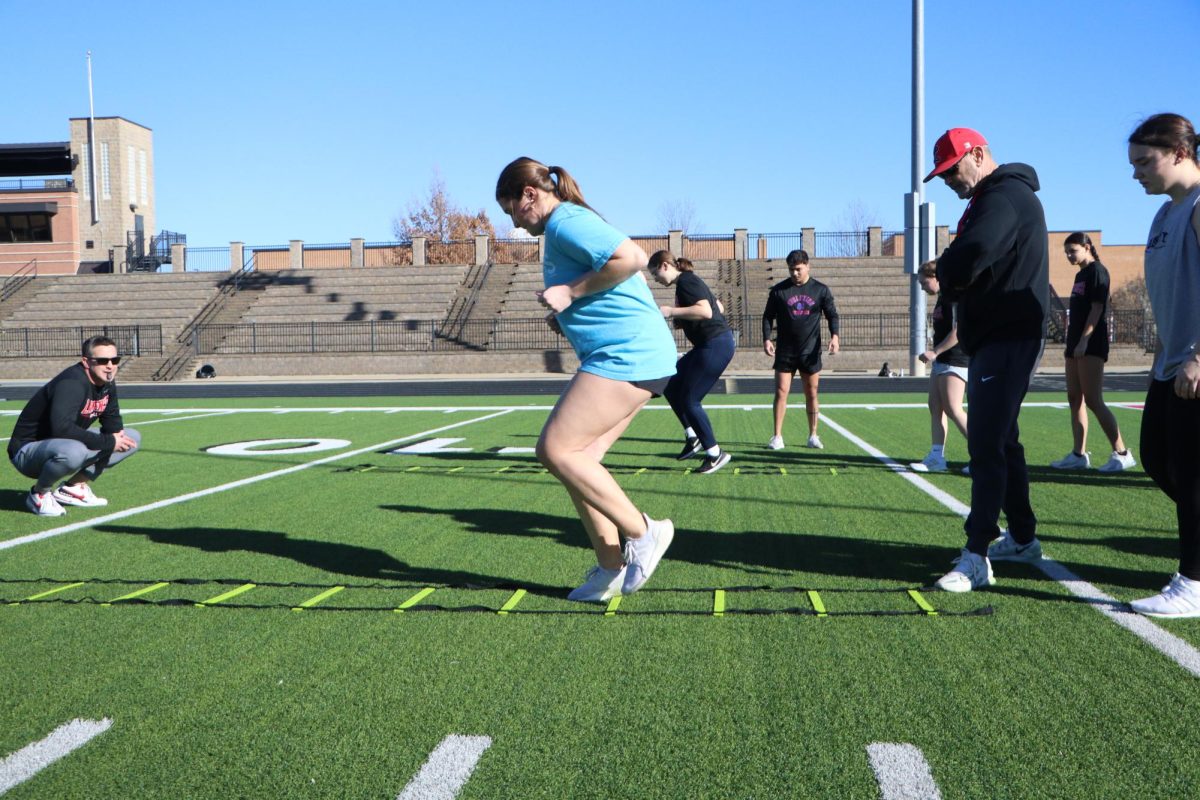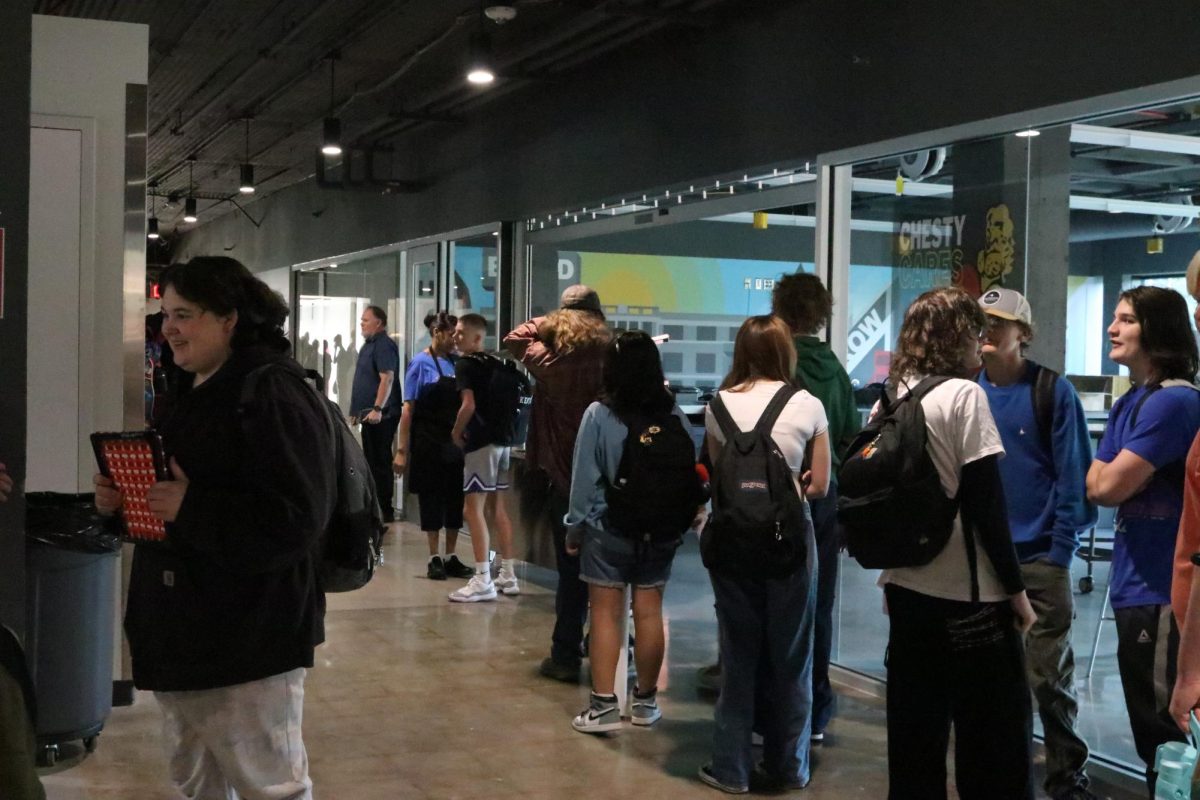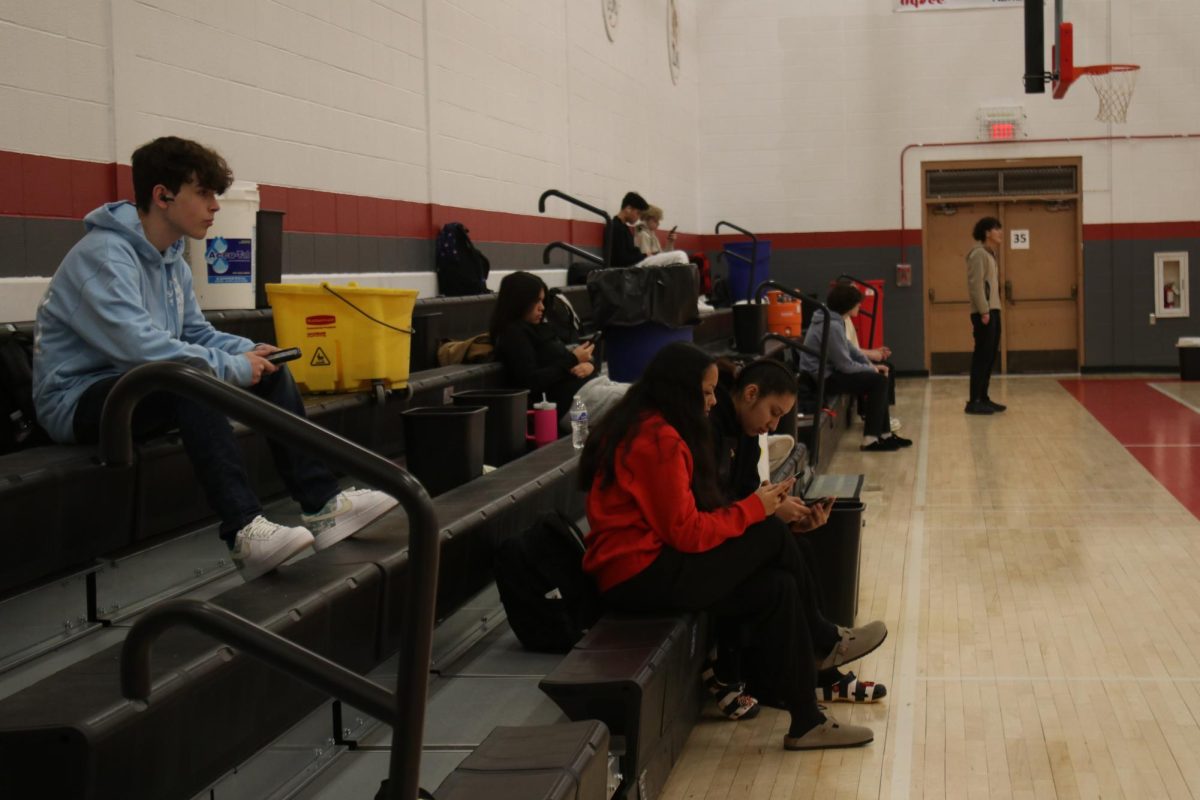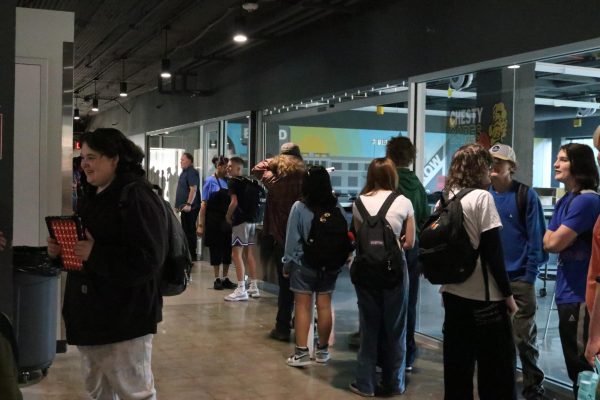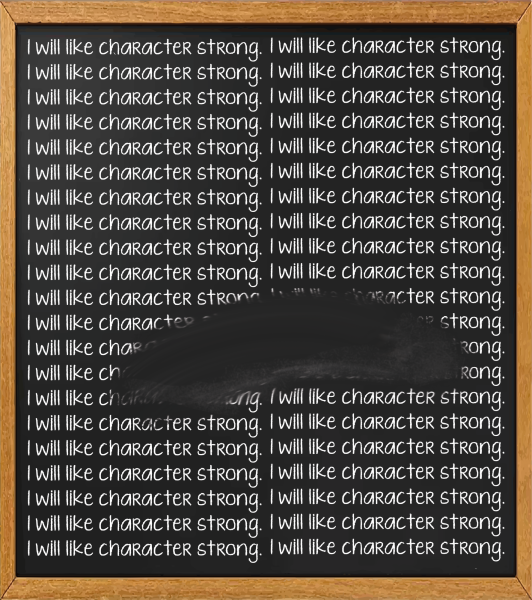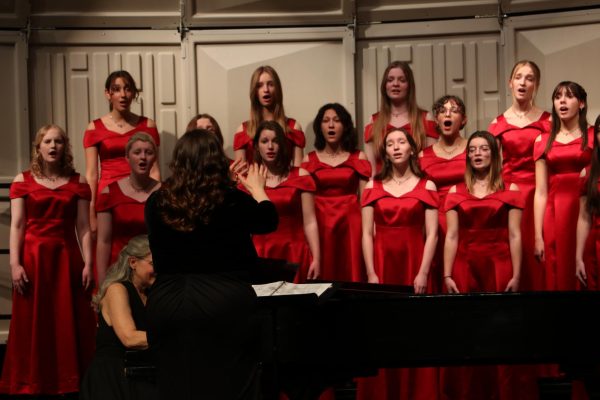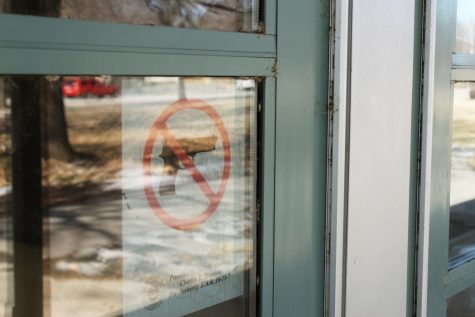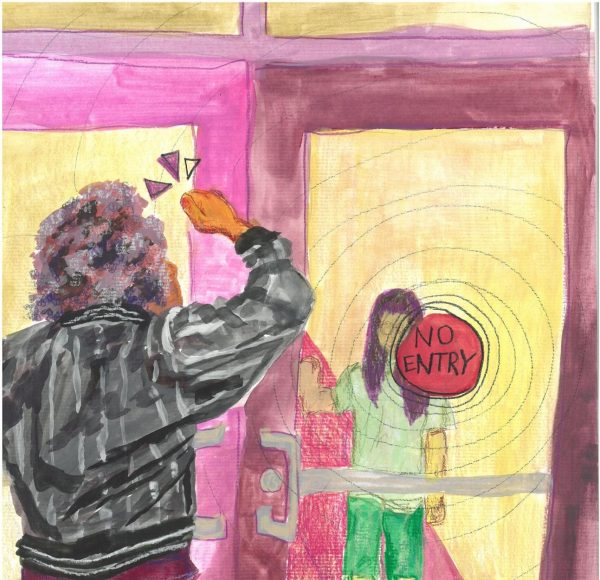Rape prevention requires adequate discussion
Teaching students not to rape would be more effective than teaching not to get raped
April 9, 2014
American culture is rape-culture.
Rape culture hyper-sexualizes the idea of femininity, often equating it to sexual-passiveness, and uses that hyper-sexualization to make femininity its property, thus objectifying it. Femininity is often confused with womanhood, and by extension weakness. This is inaccurate, because femininity is a characteristic that can be attributed to any person, regardless of gender.
The marketing of femininity is not lost on American teens. High school students often suffer from a lack of education about sexual violence and this contributes to dating violence, rape and foul play among young people. Students need to be educated on rape and sexual violence in school, so American society can move away from this sexual dark-age.
In Health 9, students learn about morality, sobriety, the human body and contraception. Most of the curriculum focuses on non-body related education and physical health unrelated to sex. Education regarding mental health and the body is severely lacking.
Students know how help prevent pregnancy, but do not know how to prevent sexually aggressive situations, or even how to identify one.
Mental health issues and education on the human body run parallel to education on sexual violence. When human sex and sexuality is finally talked about, often the subject is glossed over almost completely, and students leave knowing hardly anything about rape, healthy relationships or sexual violence.
No one should ever be blamed for a situation where all control was taken from them. Many lawyers in sexual assault cases will try to blame victims for their own assaults by talking about what the victims were wearing during the assaults, how many partners the victims has had before their assaults, and even how late it was. All of these tactics are called victim blaming. Victim blaming reinforces rape-culture by assuming the rapist (more commonly in cases where a man assaulted a woman) cannot be blamed for their actions.
Murderers, arsonists, terrorists and even petty thieves are responsible for their actions, but just because she was wearing a pencil skirt she’s fair game.
There is an easy solution to this educational drought. Some newer high school level health textbooks that feature chapters and units on sexual violence and abuse.
According to the Rape Abuse and Incest National Network (RAINN), 60 percent of sexual assault cases go unreported, this number is even higher in a high school setting because many victims are worried about what their peers will think and how their parents might react.
Another easy solution is for health classes to collaborate with the Willow Domestic Violence center and GaDuGi for lectures and more thorough advocacy and education. Both of these places address sexual violence, both are based in Lawrence, and both are non-profit organizations.
The FYI club is trying to address sexual violence amongst teens by teaching rape prevention and personal accountability. This comes from a good place, but it is not the education that is going to reduce the prevalence of sexual violence in our school.
Students need to be taught not to rape. Telling someone how to dress or act, is not going to prevent sexual violence. Whereas teaching someone what sexual violence is, and how not to enact it will.



